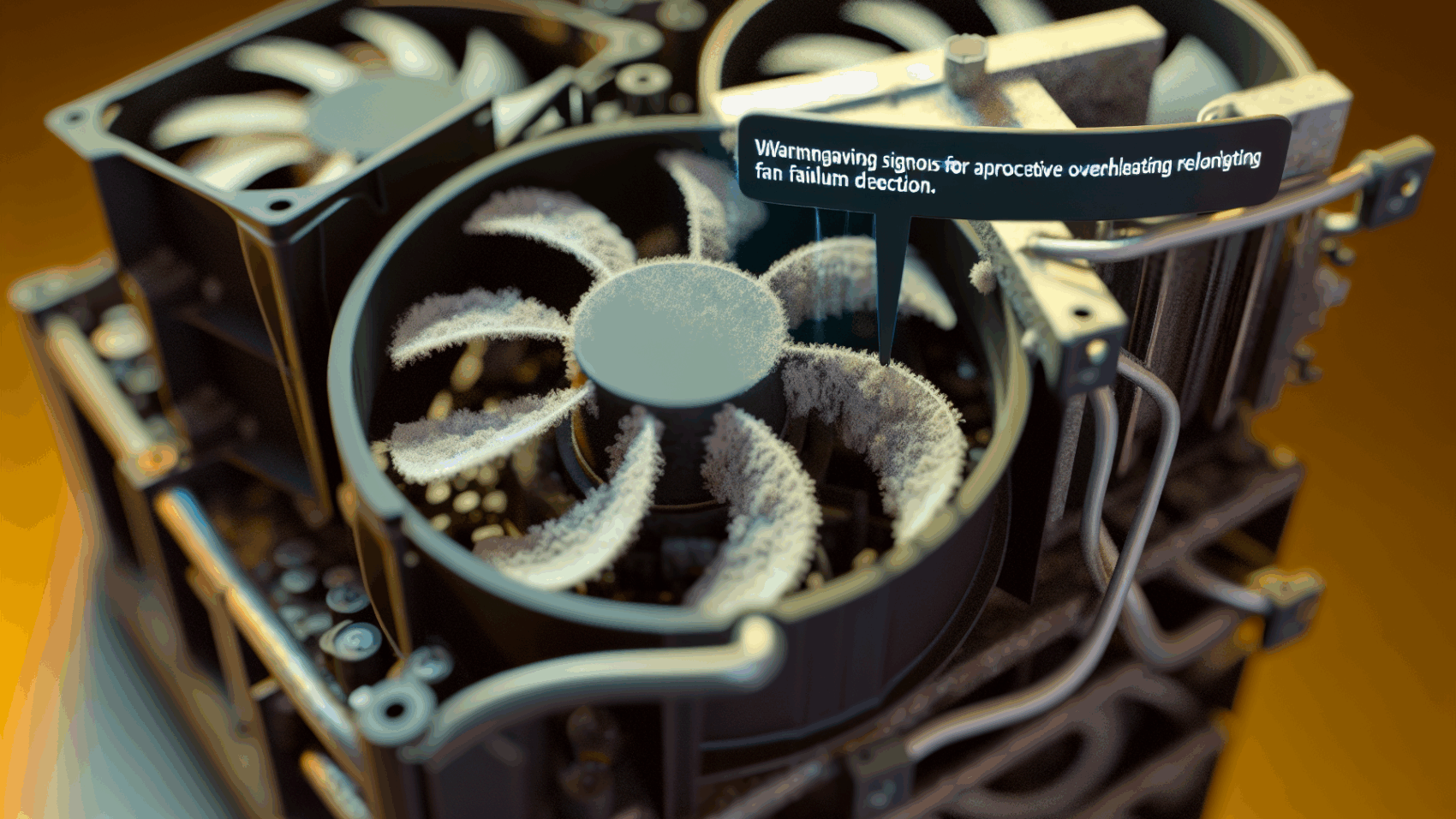Welcome to our comprehensive guide on early fan failure detection. Keeping your cooling systems operational is vital to prevent overheating and ensure longevity. In this exploration, we’ll deliver actionable steps to monitor your fans effectively, helping you stay ahead of potential breakdowns and maintain uninterrupted operations.
Understanding Fan Operation and Failure Signs
To fully grasp how to prevent equipment overheating, one must first understand the intricate dynamics of fan operation across various applications, from cooling systems within computers to fans used in industrial machines. Each fan type, whether it be axial, centrifugal, or cross flow, plays a pivotal role in maintaining an optimal temperature by displacing hot air away from critical components.
Recognizing the early warning signs of fan failure is fundamental in proactive maintenance. One of the primary indicators is the emergence of unusual noises such as grinding or rattling, which often signifies bearing problems or obstructions within the fan. These auditory cues should prompt an immediate inspection to prevent further damage. Another telltale sign is reduced airflow, which can be detected by closely monitoring the air movement; a notable decrease may indicate blockages or fan wear. Erratic fan speeds, too, are a red flag, signaling potential issues with the fan’s control mechanisms or power supply irregularities.
Through real-world scenarios, the critical nature of early detection is underscored. For instance, in a server room where optimal cooling is indispensable, a fan showing erratic speeds was replaced promptly, averting the overheating of costly servers and preventing significant downtime and financial loss. Such examples emphasize the importance of understanding and monitoring fan operation closely, ensuring timely intervention and maintenance. Adhering to these strategies not only extends the lifespan of the equipment but also safeguards against the financial and operational consequences of unexpected failures.
Conclusions
Maintaining operational fans is key to preventing overheating and ensuring equipment longevity. By understanding fan mechanics and recognizing the early signs of failure, you can proactively address issues before they lead to costly downtime. Remember, the health of your fans is a soundscape — listen closely, act swiftly, and keep your systems cool and functional.

